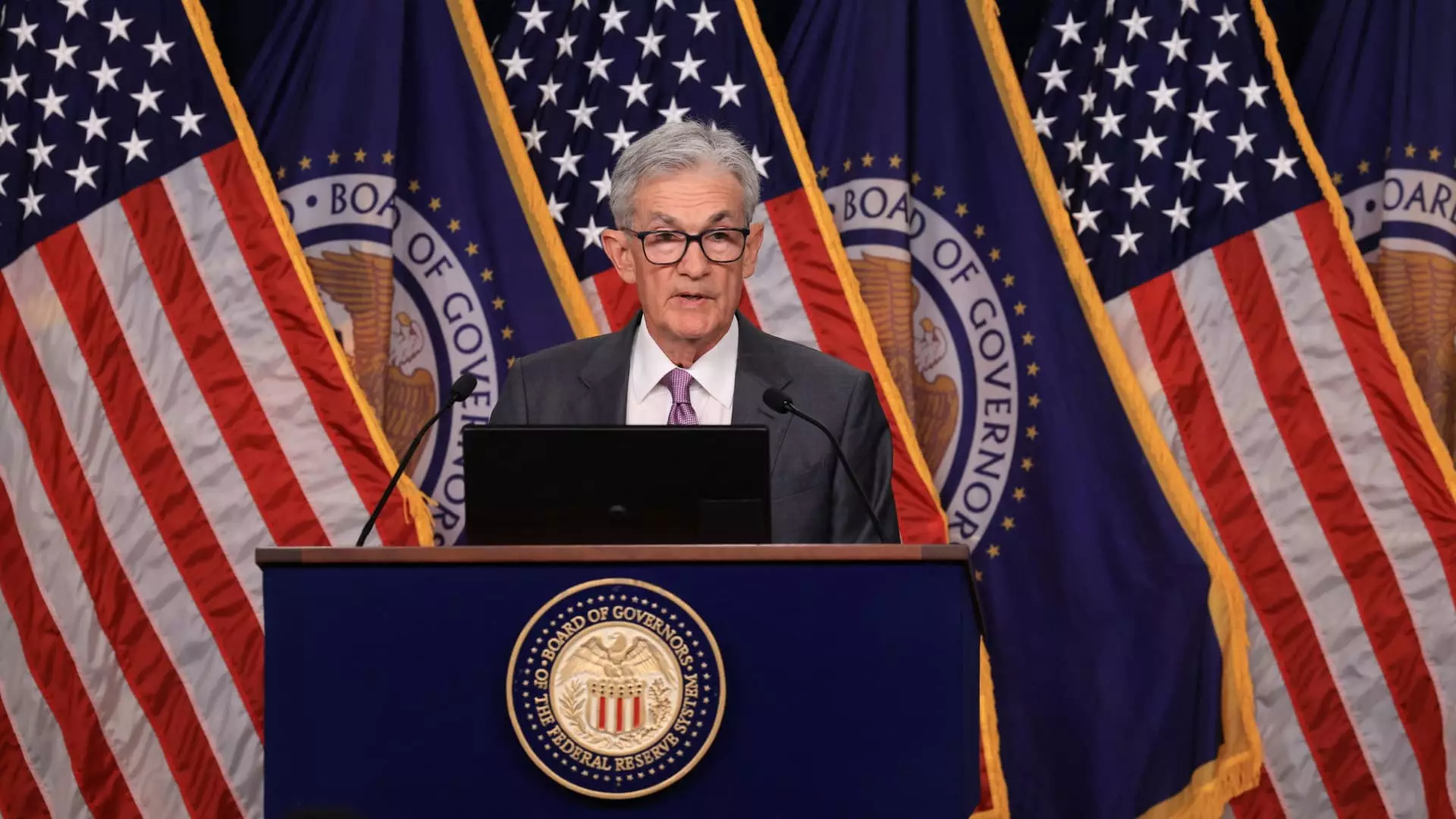The Federal Reserve has recently indicated a more accommodative monetary stance, projecting a reduction in interest rates by an additional half point before the close of 2024. This shift comes amid ongoing evaluations of economic conditions and is supported by the central bank’s decision to cut rates during its recent meetings. The Federal Open Market Committee (FOMC) has hinted at a target rate of 4.4% by year’s end, translating to a range of 4.25% to 4.5%. The committee convenes twice more this year, with meetings slated for November and December, where these critical decisions will be solidified.
A Gradual Approach to Rate Cuts
The FOMC’s dot plot showcases a consensus among its 19 members—comprising both voting and non-voting members—on the anticipated trajectory of the federal funds rate. The expectation is for rates to stabilize further into 2025, with projections declining to 3.4%, suggesting a deliberate, stepwise reduction of another full percentage point. The foresight extends to 2026, where expectations are for rates to drop further to 2.9%, indicating a cautious yet systematic unwinding of previous rate increases. This gradual approach underscores a commitment to resilient economic recovery while navigating inflationary pressures.
At a recent press conference, Fed Chairman Jerome Powell emphasized the lack of urgency in the committee’s strategy, stating, “This process evolves over time.” This careful consideration reflects a balance between stimulating economic growth and curbing inflation. Notably, the Federal Reserve has observed signs indicating inflation might be stabilizing around its target of 2%. The recent post-meeting statement highlighted a “greater confidence” that inflation is moving sustainably towards this goal, marking a pivotal evaluation in the Fed’s inflation assessment.
Adjustments in economic forecasts have also emerged from the Fed deliberations. The projected unemployment rate has been revised up to 4.4% for this year, a modest increase from the 4% expectation shared in previous assessments. This upward revision suggests that while the labor market remains robust, there are potential headwinds that could affect job growth moving forward. Concurrently, the outlook for inflation has adjusted downward to 2.3%, a necessary correction that signals both the volatility and the emerging challenges within the economic landscape.
Conclusion: Navigating Forward
The Federal Reserve’s recent projections and policy shifts illustrate a calculated navigation through evolving economic conditions. By signaling potential rate cuts and adjusting inflation expectations judiciously, the Fed aims to maintain a delicate balance conducive to economic stability. As policymakers prepare for the upcoming meetings, all eyes will remain on these developments, closely observing how they shape the broader economic environment in the coming years. The central bank’s approach reflects a commitment not only to immediate economic recovery but also to sustainable, long-term growth.

